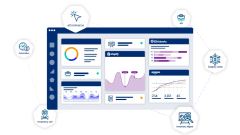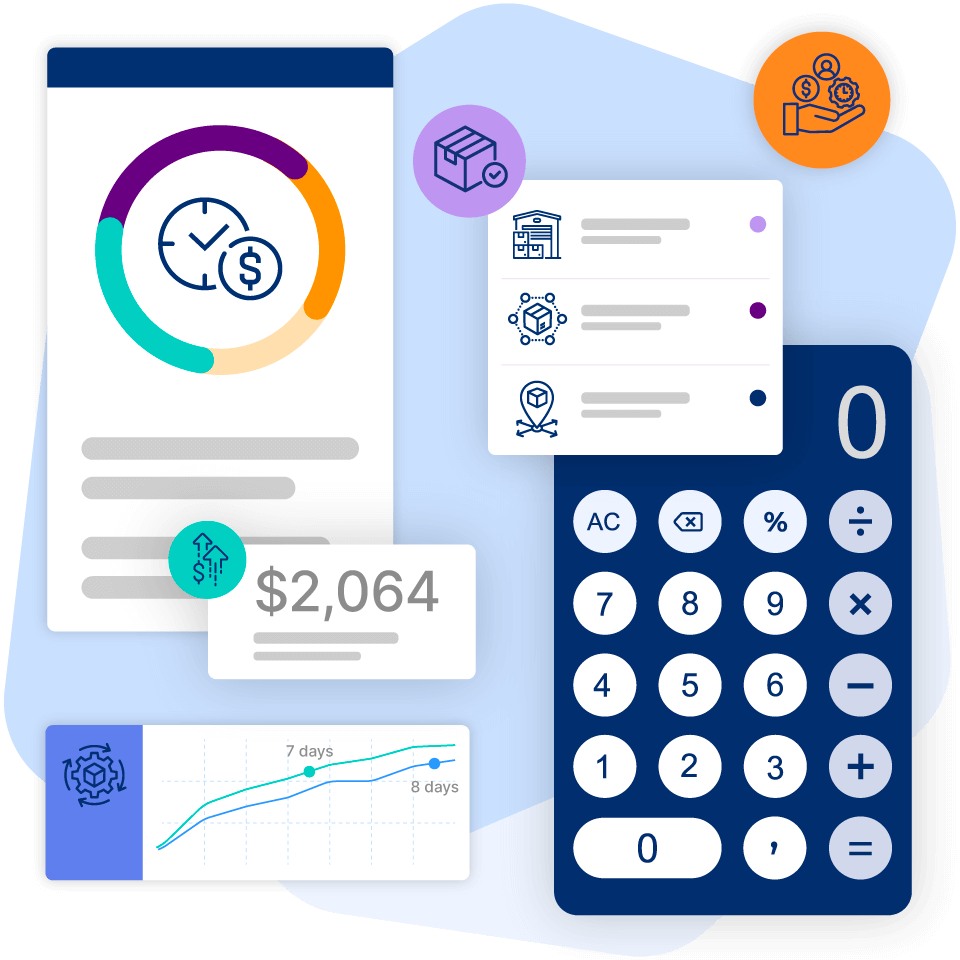What is Capacity Planning (CRP)? | Definition and Types of CRP
What is Capacity Planning (CRP)?
Capacity Planning is pre-planning done by a company in which it figures out how much it needs to produce, and determines if it is potential enough to meet those production goals.
Capacity Planning, also termed as Capacity Requirement Planning (CRP), also refers to the outlining the estimation for each process according to the order manufacturing, the adjustments are made, and then the work of each process is planned– so that the goal could be achieved by the firm without any extra effort- going in vain.
It’s usually done monthly, quarterly or annually depending on the firm and type of business. However, industries that experience high sales during a particular season, such as retail stores (selling raincoats, sweaters) or agricultural products company, may need to re-evaluate their capacity requirements more often than companies that have routine revenue, such as FMCG industry or tech service providers.
Why CRP Matters:
- Avoids excessive production costs due to overcapacity.
- Prevents stock shortages and lost sales due to underproduction.
- Improves on-time delivery rates, enhancing customer satisfaction.
Benefits of Capacity Requirement Planning (CRP)
Effective CRP provides numerous advantages in manufacturing and supply chain management.
Optimized Resource Utilization
- Ensures machinery and labor operate at peak efficiency.
- Prevents overuse or underuse of resources.
Cost Reduction
- Minimizes waste by producing only what is needed.
- Reduces emergency production costs caused by poor planning.
Improved Customer Satisfaction
- Guarantees on-time deliveries by aligning production with demand.
- Enhances supply chain reliability, making businesses more competitive.
Better Decision-Making
- Provides real-time data insights for production managers.
- Enables proactive adjustments to changing demand.
Steps in the Capacity Requirement Planning Process
Effective CRP follows a structured process to balance production capacity with demand.
Step 1: Assess Current Capacity
- Evaluate available labor, machines, raw materials, and workstations.
- Identify potential bottlenecks or excess capacity.
Step 2: Develop a Demand Forecast
- Use historical sales data, market trends, and seasonal demand patterns.
- Adjust forecasts based on customer orders, promotions, and economic conditions.
Step 3: Align Capacity with Demand
- Determine whether to increase production, outsource work, or adjust work schedules.
- Choose the best strategy (lead, lag, or match strategy) to handle demand fluctuations.
Step 4: Optimize Production Scheduling
- Create a realistic production timeline that maximizes efficiency.
- Minimize downtime between different work centers.
Step 5: Monitor and Adjust
- Continuously track real-time production data.
- Adjust CRP strategies as demand shifts.
Types of Capacity Planning
- Lead Strategy: In this strategy, the company increases its basic capacity in anticipation of an increase in demand for its products and services. The lead strategy is usually practiced to entice your competitor’s customers to you by reducing your lead time.Advantage of lead strategy is that even during high sales period the company will have adequate capacity of product/service to meet all demand.
- Lag Strategy: This strategy is used when the firm is already running at its full capacity or beyond due to increase in demand. The chances of product/service going waste will be least using this strategy. Although there is a high chance it may result in the loss of possible customers either by stockout or low service levels (you may not be able to fulfill the sudden rise in demand hence losing your customers to competitors).
- Match Strategy: The most clever strategy for capacity planning, yet most difficult to accomplish. In this rather than extensively boosting capacity based on expected or actual increases in demand–the capacity of the company is only modified or increased based on changing conditions of the marketplace.
Key Components of Capacity Requirement Planning
CRP consists of several critical elements that determine how effectively a business can plan for production demands.
1. Bill of Materials (BOM)
A detailed list of materials, components, and sub-assemblies required to produce a finished product.
Example: A smartphone manufacturer’s BOM includes screens, circuit boards, batteries, and casings.
2. Routing
Defines the sequence of production steps needed to manufacture a product, including machinery, labor, and time estimates.
Example: In an automobile assembly plant, routing outlines which workstation handles welding, painting, and final assembly.
3. Work Centers
Specific machines, teams, or production lines responsible for manufacturing tasks. Effective CRP ensures work centers are neither overloaded nor sitting idle.
4. Lead Time
The total time required to complete an order, including material procurement, production, and shipping. Shorter lead times enhance operational efficiency.




